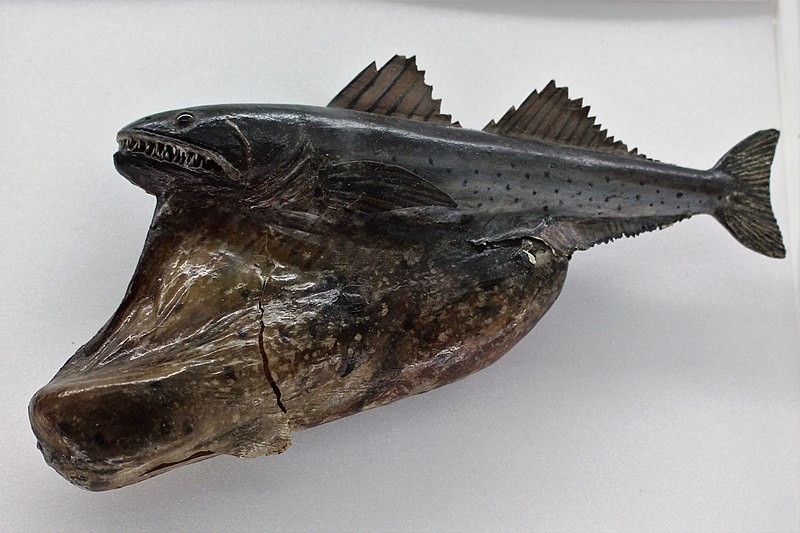The earliest teeth may have been found in a Chinese fish fossil catch. The oldest teeth were discovered in southern China, along with a large haul of fish fossils, which may help researchers understand how our aquatic ancestors acquired their bite.
The discoveries provide fresh information on a crucial stage of evolution that has been challenging to explain since there aren't many fossils left from that time period. Researchers describe some of their discoveries, including old teeth and previously undiscovered species, in four articles published Wednesday in Nature.
Extremely Old Teeth

The Silurian epoch, which lasted from 443 million years ago to 419 million years ago, is when the fossils were created. Around this period, teeth and jaws may have developed in our backboned ancestors, who were still swimming around on a watery globe.
Rather than "grubbing around" as bottom feeders and sifting out food from the muck allowed the fish to search for prey. Philip Donoghue, a paleontologist at the University of Bristol and one of the study's authors, prompted several further alterations in their anatomies, such as various types of fins.
Donoghue explained, "It's just at this intersection between the Old and New World."
However, according to Matt Friedman, a University of Michigan paleontologist who was not involved in the research, scientists haven't discovered enough fossils to demonstrate this transition in the past. They have relied on pieces from the past, such as a section of the spine or a scale, here and there.
Exciting Scientists All Over the World
As scientists from around the world examine the fossils from China, some gaps are anticipated to be filled.
The fossil cache was found in the field in 2019, according to Min Zhu, the study's principal investigator and a paleontologist at the Chinese Academy of Sciences. After a painful journey that had failed to turn up any fossils, scientists investigated a rock pile next to a cliff along the side of the road on a rainy day. They saw fossilized fish heads staring back at them as they cracked apart one of the rocks.
After carrying other rocks back to the lab for analysis, the study team ended up with a wide variety of fossils that were in excellent shape for their age.
According to Per Erik Ahlberg of Sweden's Uppsala University, an author of one of the studies, the most prevalent species in the group is a little boomerang-shaped fish that probably used its teeth to gather worms.
Another fossil depicts a strange creature that resembles a shark and has bony armor on its front. The well-preserved jawless fish explain the evolution of arms and legs from primitive fins. While these fish heads are frequently discovered as fossils, Donoghue noted that this specimen also preserved the whole body.
The teeth are another factor. Multiple teeth were forming on what the researchers dubbed tooth whorls, which are bones. According to Zhu, the fossils offer the earliest conclusive evidence of jaws and are 14 million years older than any other teeth of any species discovered.
An "Amazing" Find
The fossil find is "amazing," according to evolutionary scientist Alice Clement of Australia's Flinders University, who was not involved in the study. She added that it might change how we think about this time period.
Even though the next evolutionary period is known as the "Age of Fishes," the variety of fossils implies there were plenty of toothy critters swimming around at this time, according to Clement in an email.
Related Article : Tooth Discovery Opens New Door on Studies About Human Evolution
For more biological news, don't forget to follow Nature World News
© 2025 NatureWorldNews.com All rights reserved. Do not reproduce without permission.





